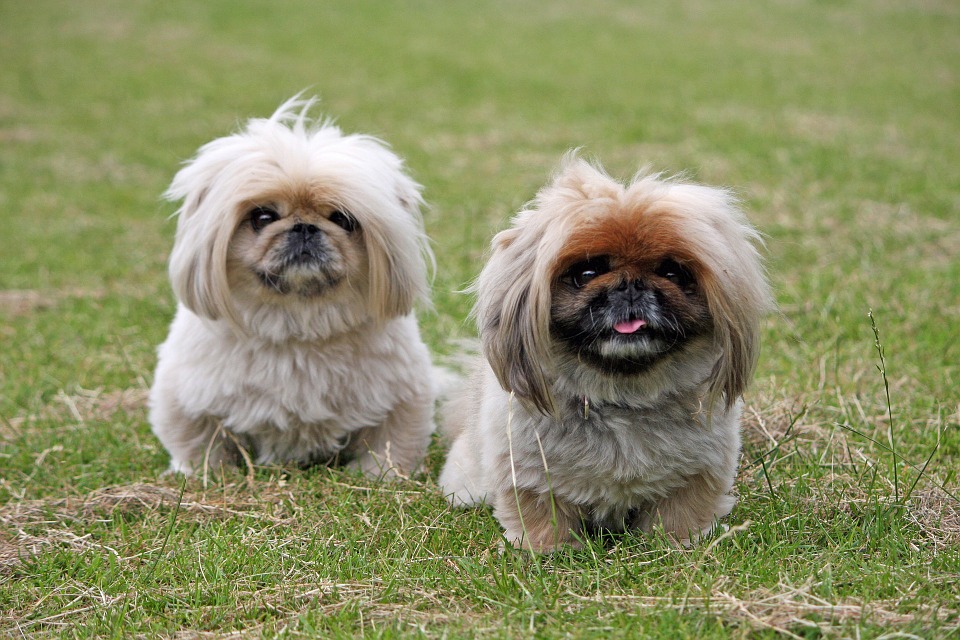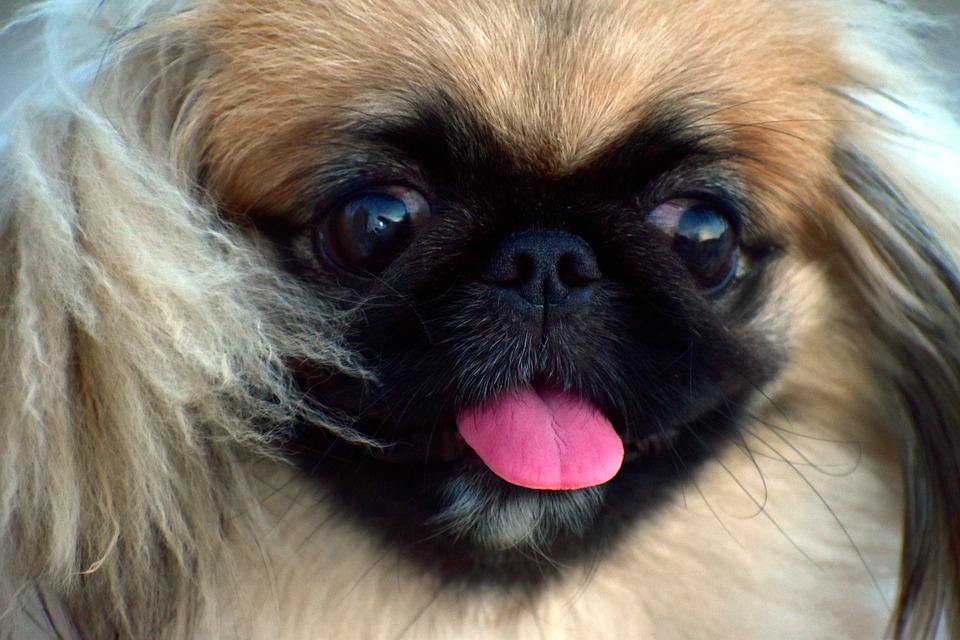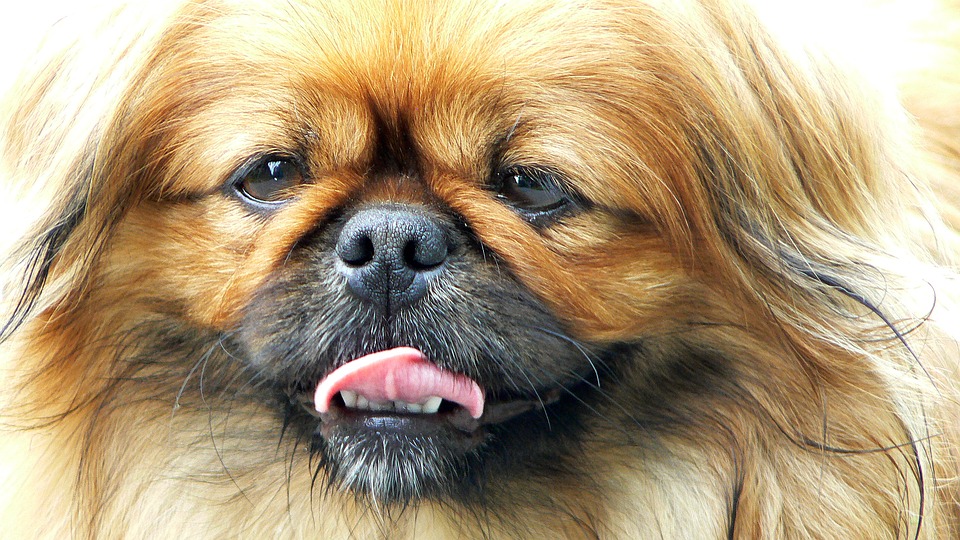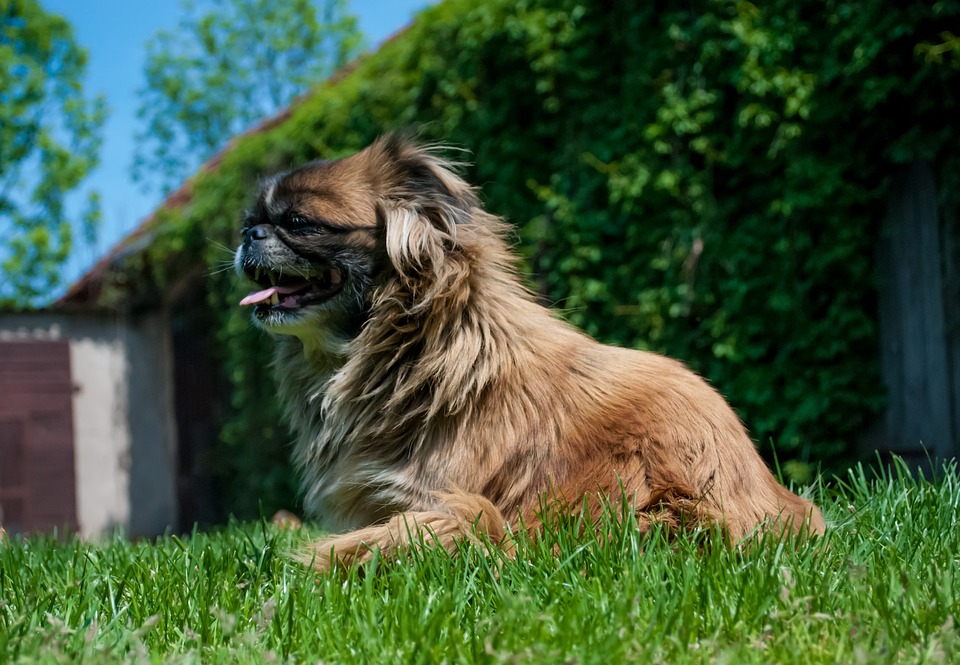
Pekingese
History of the Breed:
The Pekingese, often referred to as the «Lion Dog» or «Foo Dog,» has a fascinating history that dates back over 2,000 years in ancient China. Bred to resemble lions, which were sacred in Chinese mythology, Pekingese were treasured by Chinese emperors and aristocracy. They were kept as companions and guardians in the imperial palaces, where they were highly revered and pampered.
Physical Characteristics:

Pekingese are small, compact dogs with a distinctive appearance and regal bearing. They typically weigh between 7 to 14 pounds and stand around 6 to 9 inches tall at the shoulder. Their most notable features include a flat, wrinkled face, a lion-like mane around their neck, and a profuse double coat that comes in various colors, including gold, red, black, and sable.
Health and Basic Care:
Pekingese are generally healthy dogs with a lifespan of around 12 to 14 years. However, they may be prone to certain health issues such as brachycephalic airway syndrome, dental problems, patellar luxation, and eye conditions like progressive retinal atrophy (PRA). Regular veterinary check-ups, a balanced diet, dental care, exercise, grooming, and parasite prevention are essential for maintaining their health and well-being.
Temperament and Personality:

Pekingese are known for their affectionate, loyal, and independent nature. They form strong bonds with their families but may be wary of strangers. Despite their small size, they have a courageous and confident demeanor, with a tendency to be protective of their loved ones. Early socialization and positive reinforcement training are important to help them develop into well-mannered and well-adjusted dogs.
Training and Socialization:

Pekingese are intelligent dogs but may have a stubborn streak, which can make training challenging at times. Patience, consistency, and positive reinforcement techniques such as treats, praise, and rewards are key to successful training. Early socialization with people, other animals, and different environments is important to prevent fearfulness or aggression towards unfamiliar situations.
Nutrition:
A balanced diet tailored to their size, age, and activity level is essential for Pekingese’s health and well-being. Feeding them high-quality dog food formulated for small breeds will provide them with the nutrients they need to thrive. Portion control is important to prevent obesity, which can lead to health issues, and fresh water should always be available.
Suitable Environment:

Pekingese can adapt well to various living situations, including apartments, houses, and urban environments. They are well-suited to indoor living and enjoy being close to their families. However, they should not be left alone for long periods, as they thrive on companionship and may become anxious or bored if left alone for extended periods.
Frequently Asked Questions:
Is a Pekingese a good family dog?
- Yes, Pekingese can make excellent family dogs for households with older children and adults who can provide them with attention, affection, and gentle handling. They are loyal, affectionate, and protective companions.
Are Pekingese high maintenance dogs?
- Yes, Pekingese are considered high maintenance dogs due to their profuse double coat, which requires regular grooming to prevent mats and tangles. They also need regular veterinary care, dental care, exercise, and attention to their health and well-being.
Can Pekingese stay home alone?
- Pekingese may be able to stay home alone for short periods, but they thrive on companionship and may become anxious or bored if left alone for extended periods. They prefer to be close to their families and may benefit from having a companion or a pet sitter when left alone.
Are Pekingese hard to train?
- Pekingese are intelligent dogs but may have a stubborn streak, which can make training challenging at times. Patience, consistency, and positive reinforcement techniques are key to successful training with this breed.
How big does a Pekingese get?
- Pekingese typically weigh between 7 to 14 pounds and stand around 6 to 9 inches tall at the shoulder when fully grown.
How often do you bathe a Pekingese?
- Pekingese do not require frequent baths unless they get dirty or smelly. Generally, bathing them every 4 to 6 weeks is sufficient to keep their coat clean and healthy.
Do Pekingese need haircuts?
- While Pekingese do not need haircuts in the same way that some other breeds do, their profuse double coat requires regular grooming to prevent mats and tangles. Trimming the hair around their eyes, ears, and feet may be necessary to maintain their appearance and hygiene. Professional grooming may also be required periodically to keep their coat in top condition.
